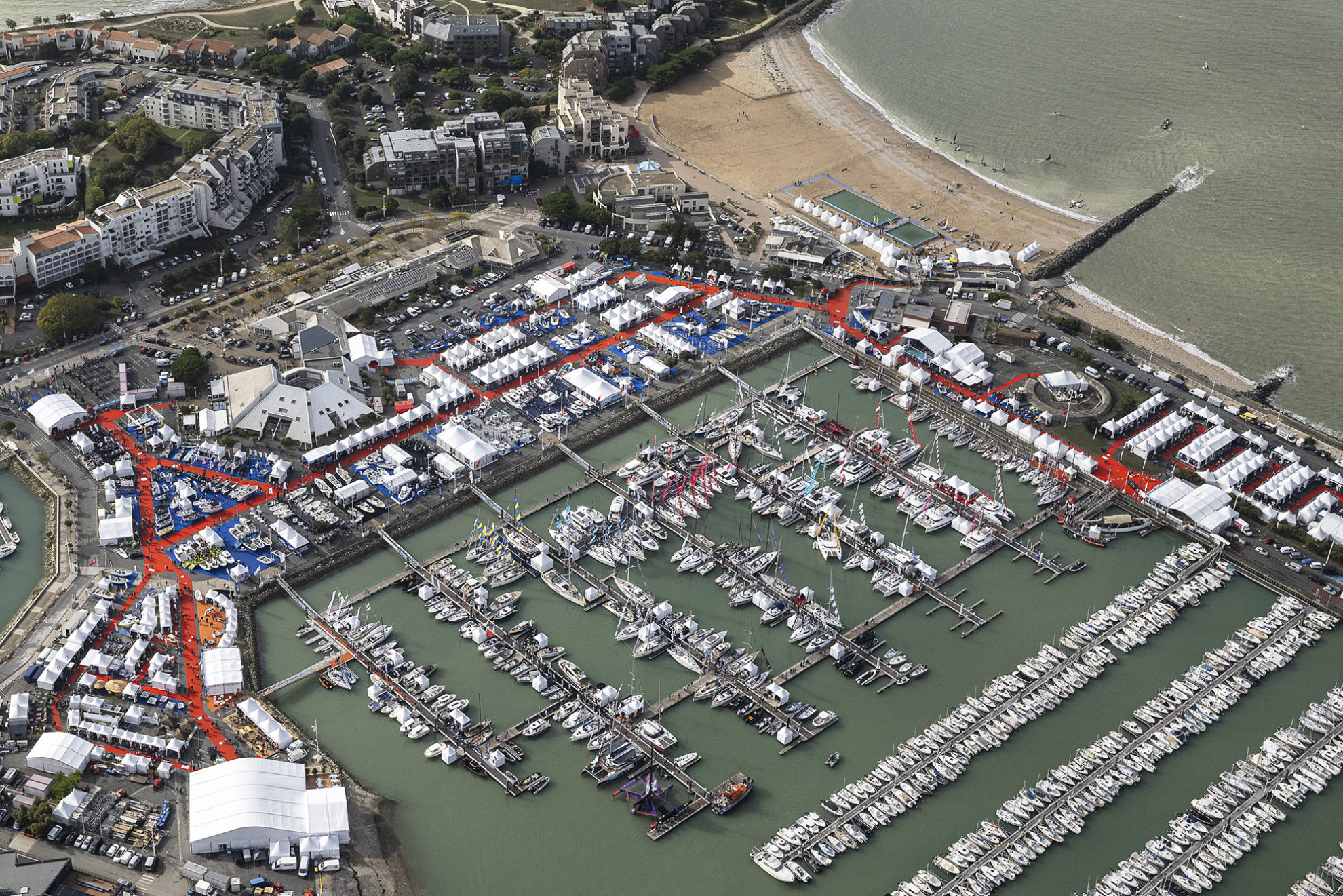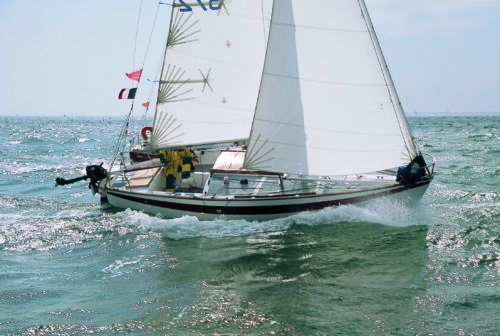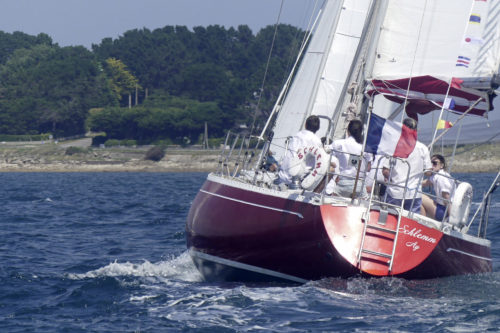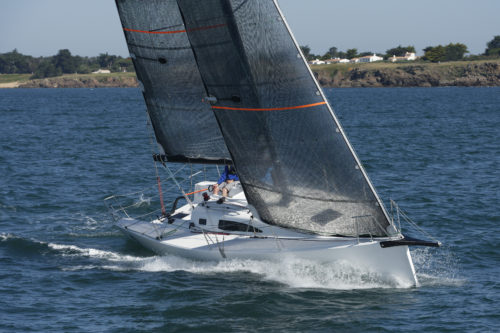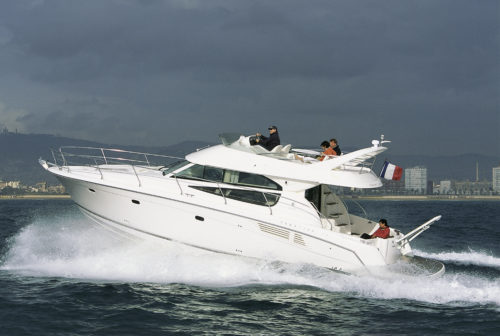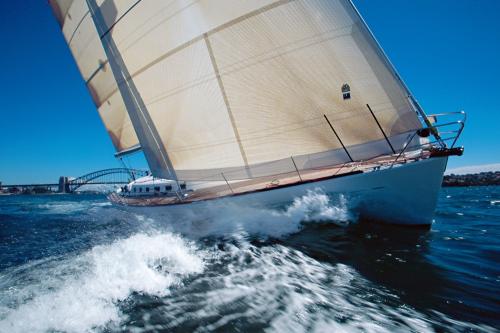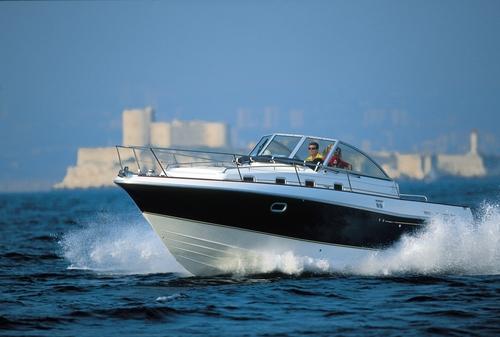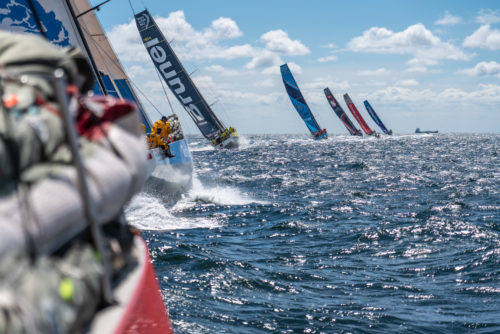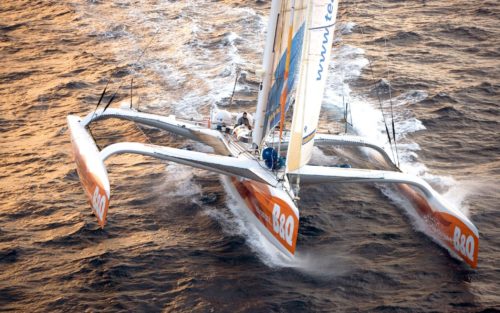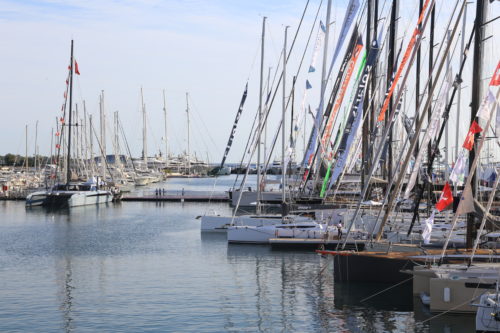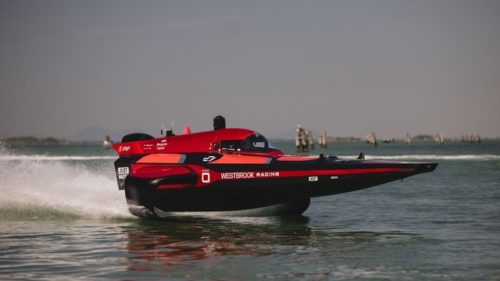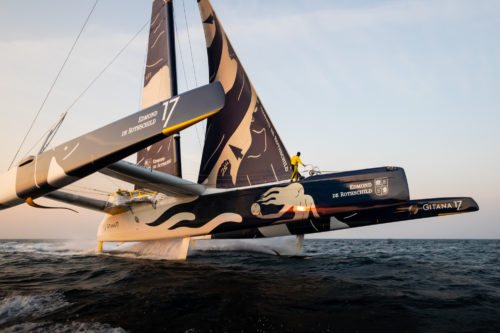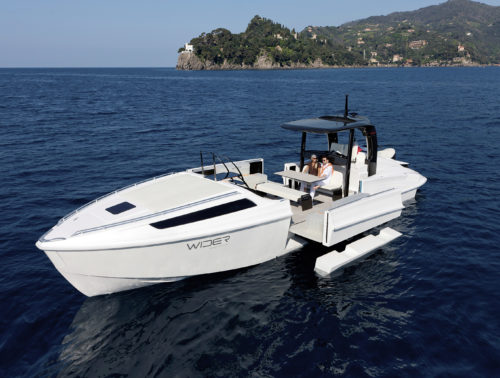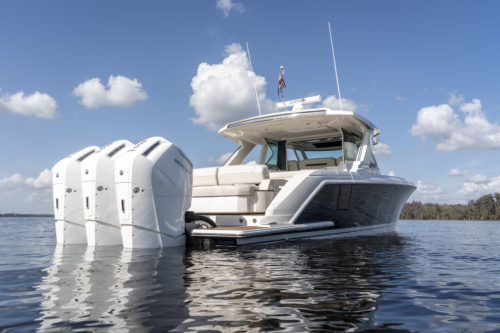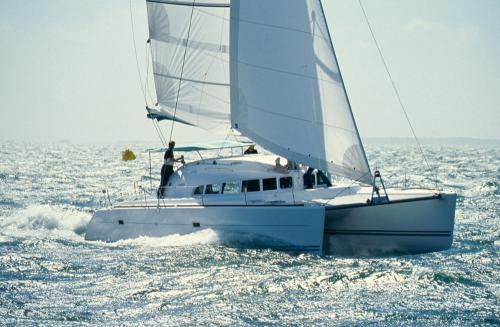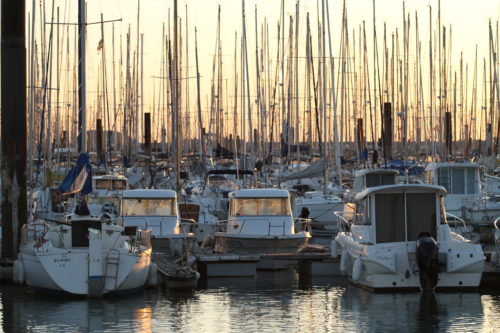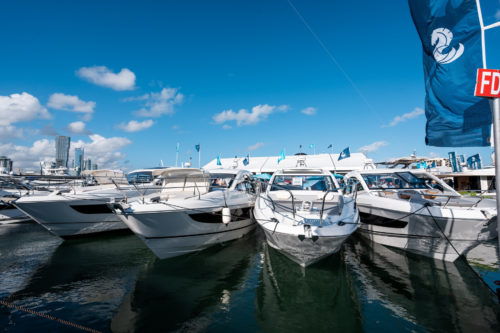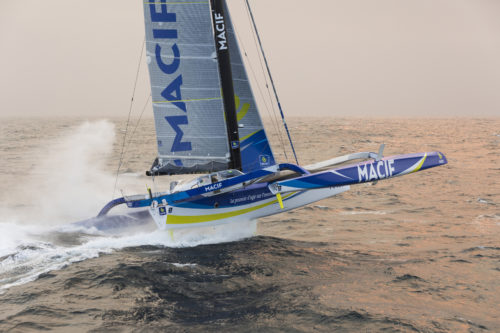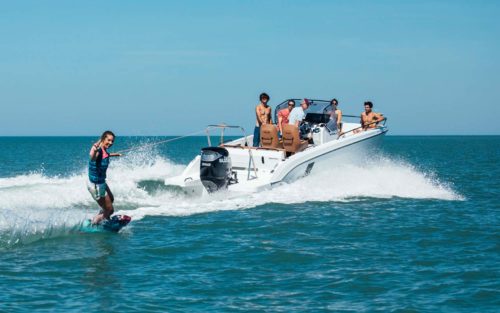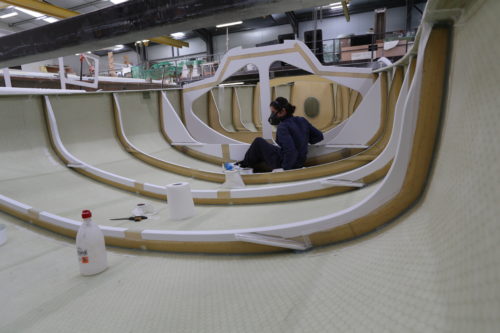The success of in-water boat shows
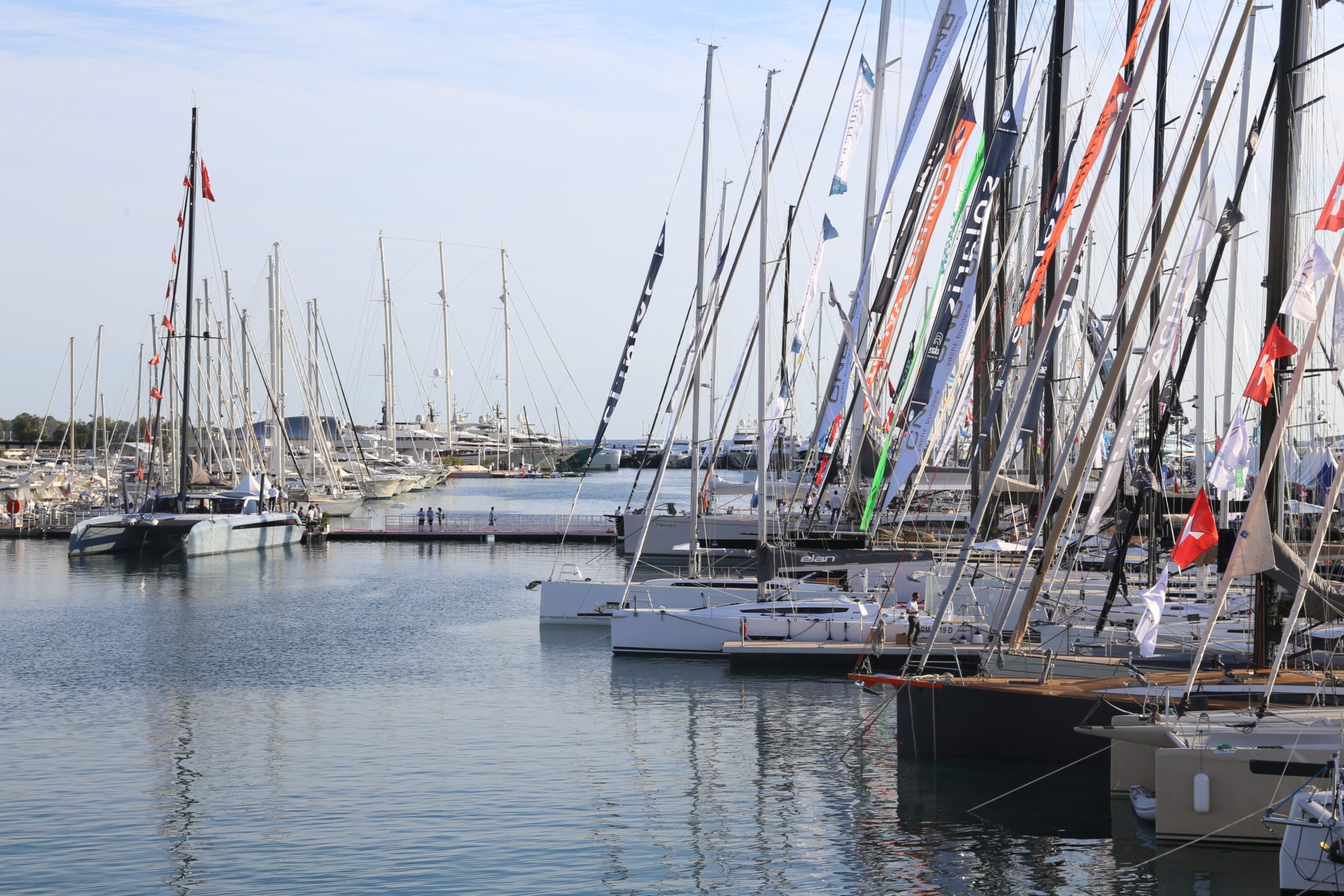
In the beginning, there were no boat shows: there was only THE Boat Show, the Salon Nautique de Paris, launched on the banks of the Seine and at the Grand Palais in 1926, then moved to the CNIT in 1962 and later to Porte de Versailles in 1988. In the 1990s, it is on the carpeted floors of Hall 1 at the Parc des Expositions that visitors come to discover the French boat industry’s latest outstanding designs, unveiled down to their underwater hulls, to the great delight of both casual onlookers and dedicated enthusiasts. At this time, in-water shows are still only local or regional events. The Grand Pavois in La Rochelle opens up its pontoons for the first time in 1973, driven by an association that involves most of the professionals from the city in Charente – seen at the time as the Mecca of French sailing, far more than La Trinité-sur-Mer or Lorient. This inaugural Grand Pavois makes an immediate impression, thanks in particular to the arrival of the famous Damien with Jérôme Poncet and Gérard Janichon on board during the show. In 1977, another recreational boat show, the Salon de la Navigation de Plaisance, opens its doors in Cannes’ Old Port. Around 40 boats afloat, a way like any other to enjoy a beautiful end to the summer on the Côte d’Azur… But for enthusiasts, Paris is the place to be. The boat show economy follows this logic through to the end of the century. Its final decade marks the golden age of this major Parisian event, attracting around 300,000 visitors each year. Held just before Christmas, it has become a tradition. People come to the Boat Show from their home ports the way farmers flock to the Agricultural Show from their provinces, sometimes with their partners or families, taking the opportunity to visit the Eiffel Tower, sometimes with crewmates on a fun trip, ending the evening in a cabaret on the Right Bank… The timing is perfect for the manufacturers, wrapping up sales in Paris that were set in motion during the season, as well as impulse buys made on-site. Because Paris has this energy, this buzz. At the end of the show, the major builders from Vendée or Charente tally their orders and can plan their production to deliver to customers before the summer, so the Paris Show is perfectly aligned with the sector’s industrial schedule.
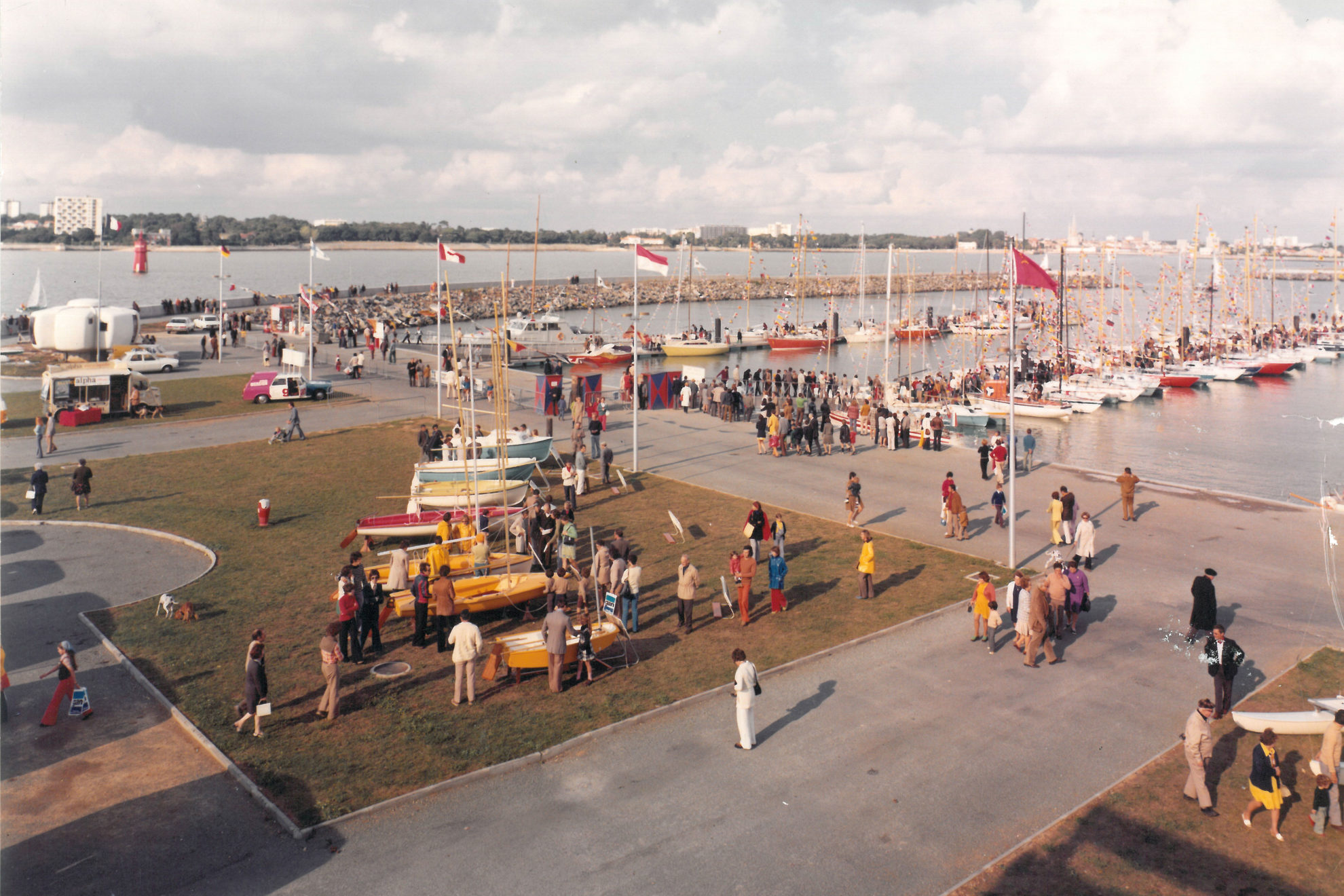
Then, this well-oiled machine begins to falter in the early 2000s, for several reasons. Fundamental reasons, including the growing percentage of exports in the sales of the leading producers. When 70% of your production goes to the United States and Northern Europe, you simply invest less in the French market. Reasons also linked to current concerns, with the spotlight now on companies to reduce their carbon footprint. With growing awareness of global warming, is it still reasonable to have dozens of oversized convoys traveling from Charente-Maritime, Vendée, Germany and Italy? Especially since the roads covering the last few miles in the Paris region are not particularly well suited to this type of cargo. And yet, it is the big boats, like the CNB 76, which makes headlines at the show renamed Nautic in 2016, that continue to inspire dreams and attract visitors. However, the ecological conscience professed by major builders often conceals some more pragmatic concerns, linked quite simply to the exorbitant cost of indoor shows like the Paris event. There is the transport budget for the boats, of course, but also the cost of the stand and all its extras (electricity, wifi, etc.), not to mention housing and feeding the teams in the capital, as the show runs for 10 days, or nearly two weeks when you factor in the additional time needed to set up and take down the stands. Moreover, the sales made during the event, often tied to traditional discounts that are eagerly awaited by customers, are no longer always enough to justify this level of costs. While the show is a major public relations operation, its results are hard to quantify and, one way or another, the numbers no longer add up. In the 2010s, the vicious circle of decline begins to take shape at Porte de Versailles: the major French yards show fewer boats, and foreign exhibitors often choose not to present their latest models. Regional subsidies still help smaller builders keep the Parisian week alive, and the Equipment Hall is still very active, but the rot has set in. The end of the London Boat Show in 2018 serves as a warning. The massive Boot Düsseldorf show still seems untouchable, but even on the banks of the Rhine, the same pressures will soon start to have the same effects. In Paris, by the early 2020s, the situation has become untenable, and the French boating industry federation (FIN) sees the termination of its contract with Reed Expo, the Nautic boat show’s organizer, as an opportunity to take back control and balance the books. At the same time, it tries a double move, aiming to push Reed out of the Cannes Show as well. And this second move is critical, because the Cannes event, renamed the Cannes Yachting Festival in 2014, has become a major international show. The yards can no longer ignore a show that attracts some of the world’s wealthiest customers, from Northern Europe to Russia and the Emirates.
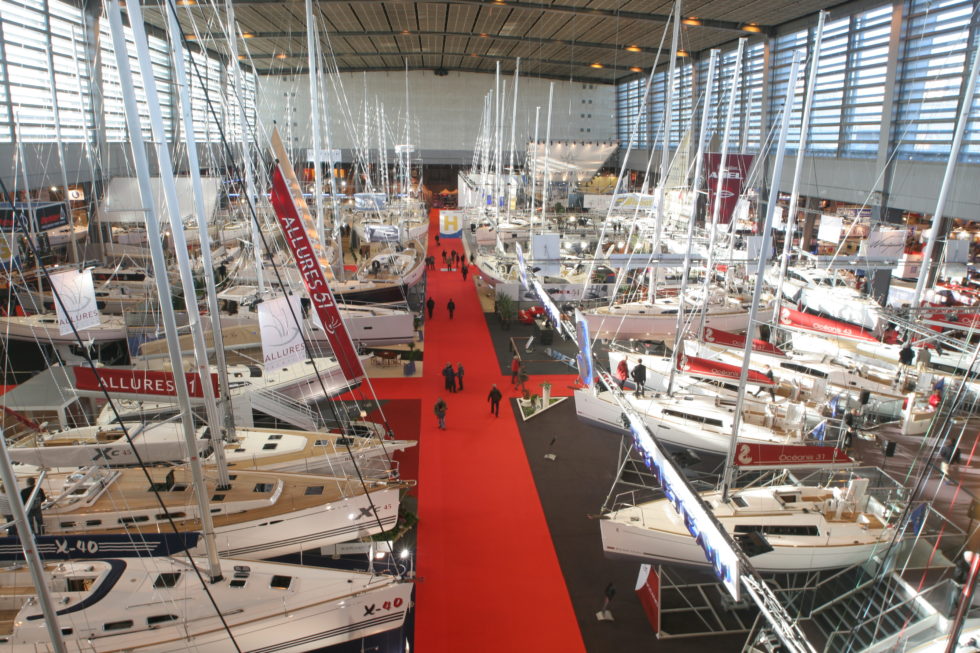

The Old Port of Cannes hosts 250 boats in 2000, 500 in 2010, and 700 in 2024! It has to expand into a second harbor, Port Canto, home to the sailing models from 2019, and goes on to become one of the world’s top three boating events. The FIN’s strategy, trying to regain control of both major French boat shows, is crystal clear: using the – considerable – revenue generated by Cannes to keep Paris afloat, or even to invest in a renewed Paris show. Unfortunately, from a legal perspective, this is anything but plain sailing, and the dispute between the FIN and its provider Reed Expo (which became RX France) ended with a ruling in favor of Reed in December 2023. France’s Court of Cassation upholds the earlier ruling from the Court of Appeal, granting RX the right to organize the Cannes Show through to 2041. Although the FIN wins control of the Paris show, how can it relaunch it without the revenues from Cannes? Even the FIN’s takeover of the smaller, but vibrant Multihull Show, launched and developed in La Grande Motte by Frédéric Morvan and Philippe Michel, is not enough to save Paris. The team at Nautic Festival, the subsidiary created for its shows, try in vain, but the FIN throws in the towel following the 2022 event. The last ever show? Not necessarily, as the FIN has announced a new project for winter 2025 at Le Bourget’s exhibition center (Paris Nautic Show), and many professionals, following its absence, have come to recognize the advantages of a show like this during the winter… Time will tell. But the trend, seen from the early 2010s if not before, is unmistakable: the stage is now dominated by in-water shows. From Amsterdam to Genoa, Southampton and Barcelona, enthusiasts flock to the pontoons throughout the autumn. The Grand Pavois in La Rochelle may not match the economic highs of Cannes, but it is firmly anchored in the hearts of sailing fans, which is a big factor behind its resilience. There, as elsewhere, today’s visitors prefer to dream beside boats in the open air, in their natural element, far away from the carpeted floors of Porte de Versailles or the increasingly sparse halls of Düsseldorf.
